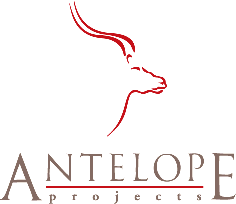
 |
business relationship modellingveryard projects > modelling > business relationship modelling |
| we offer | scope | material | links | |||
| consultancy
management briefings and technical education independent advice on tools and methods |
Business Relationship Modelling is a technique for planning
business processes and systems across organizational boundaries.
This technique predates the BPMI
proposal, which we are currently evaluating.
Modelling Business Relationships for Effective Client-Server and Open Systems Delivery |
[purpose] [business
drivers] [strategic questions] [suitability
of the technique] [use of the model] [benefits]
[description]
[business relationship management] [business relationship clustering] [enterprise modelling] [modelling] |
Business Relationship Modelling is a methodical approach
for the exploration of
|
… in the face of
|
… in order to
|
… such issues as
|
Business Relationship Modelling is used to explore the business and technical implications of a proposed federated configuration. It can be used to analyse the market opportunities of a given solution, as well as to identify new business opportunities.
The Business Relationship Model defines the topology of a distributed system, in which many autonomous agents interact commercially and technically to perform one or many decentralized business processes, or to deliver one or many business services.
Strategic Flexibility
|
Organizational Flexibility
|
Technological Flexibility
|
Business/Market Strategy
|
Information/Communications Technology Strategy
|
Business Relationship Modelling is suitable for
|
working for or within
|
|
|
|
|
System specification
|
Technology benefits & opportunities
|
Manageability
|
Object/service specification
|
Business issues of federation
|
Accessibility
|
Design process
|
Information management issues
|
Timing issues
|
Improved judgements
|
Clearer links between requirements
|
Integration of plans
|
Improved deployment of solutions
|
The business relationship diagram is a simple picture showing the chosen area in the middle, with all other departments, companies and agencies around the outside, as a network of business interfaces.
When we put these models together, we typically identify some interesting holes in the network of relationships.
This work has benefited from the participation of John
Dobson, David Iggulden, Rob van der Linden and Ian Macdonald. Thanks also
to David Sprott.

|

 |